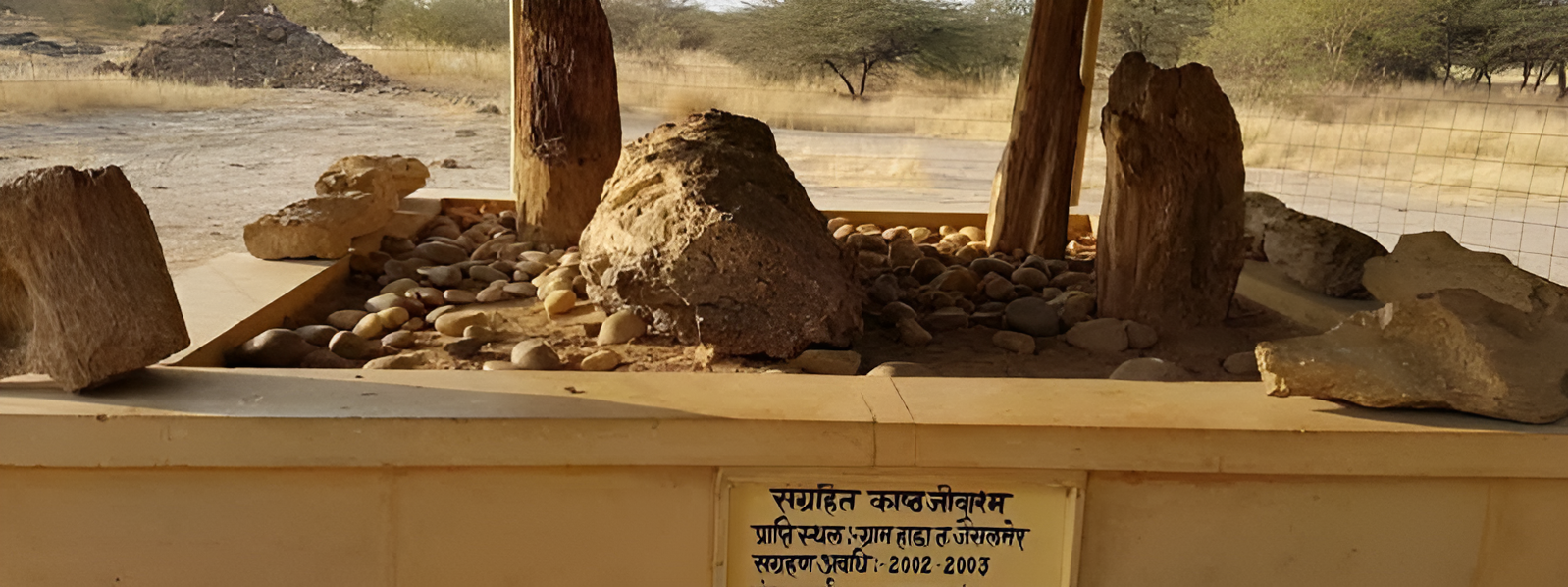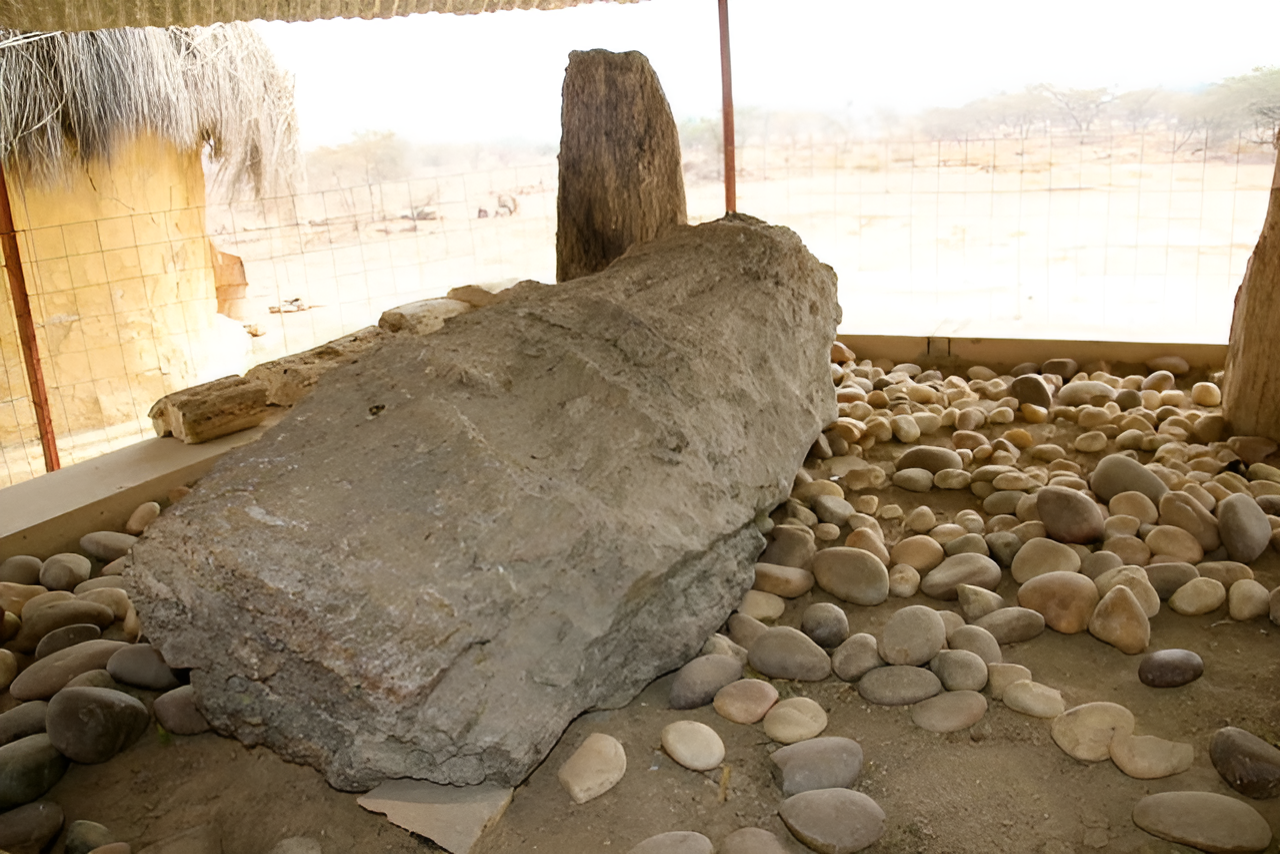Akal Wood Fossil Park is a hidden treasure in the heart of Rajasthan golden desert near Jaisalmer. This 21-hectare sanctuary is a dwelling gallery that maintains fossilized remains from a time when dinosaurs roamed the Earth.
Jaisalmer is not only known for its popular gold feet and dunes but also for its value in paleontology. The area holds valuable clues regarding our planet's history, with the Wood Fossil Park Jaisalmer giving insight right into the Jurassic Period. Right here, you can discover sacred logs, ancient tree remains and proof of ancient life that reveals a vastly varied landscape, one loaded with lavish woodlands as opposed to desert sands.
In these short articles we will find the park's fascinating attributes, including its outstanding collection of fossilized trees and its contribution to clinical research studies. In addition, we will discover why this desert city, a highlight among Jaisalmer Tourist Attractions, ends up being a stargazer's paradise during the night, offering pristine views of the universe under its clear, unpolluted skies.
The Interesting World of Fossils at Akal Wood Fossil Park
Akal Wood Fossil Park in Jaisalmer uses a remarkable check out of ancient times, showcasing 180 million years of antique fossilized tree trunks. This unique website discloses Rajasthan's old landscape, where lavish forests flourished. Site visitors can find out about those well-preserved fossils and discover about the place's geological records and the development of wood into rock over thousands and thousands of years. A ride to this park is a ride lower back in time, making it an ought-to-see for nature enthusiasts and history fans alike.
Tour Via Time 180 Million Years of Improvement
Akal wood Fossil Park has a geological background that discloses an amazing change over 180 million years. Throughout the Jurassic Period, this area, which is now a desert tour, was as soon as a flourishing forest ecological community filled with tall trees and different wild animals. Gradually, there were substantial geological changes, including the land being immersed in water, which produced ideal conditions for fossils to form.
Discoveries That Formed a Protected Site
In the 1960s, researchers stumbled upon these ancient treasures, causing the creation of a safeguarded location spanning 21 hectares. Within this park, there exists a huge collection of petrified wood specimens that have turned into rock gradually. This transformation took place via a natural process where mineral-rich water slowly replaced the natural material in the wood maintaining its initial cellular framework.
Opening Tricks of the Past
The fossil samplings located at Akal hold useful details about:
- Ancient climate patterns
- The advancement of various plant types
- Environmental adjustments in the Thar Desert region
- The diversity of prehistoric ecosystems
Ongoing research within the park has discovered proof of:
- Non-flowering tree types
- Old redwood woodlands
- Marine debris
- Traces of dinosaur activity
These findings are not basically limited to fossils. They also consist of considerable geological insights, as detailed in this USGS report, which gives thorough information on the geological formations existing in the area.
Nature's Time Capsule
These fossilized stays function as an all-natural time pill enabling researchers to piece together past settings and obtain insights into environmental alternate styles. They provide tangible proof of exactly how this area transformed from being covered in rich forests to becoming the desert we see today.
Akal wood Fossil Park works as an open-air research laboratory for paleontological research, supplying researchers an opportunity to check out and comprehend Earth's history through its geological formations and managed natural materials.
Discovering the One-of-a-kind Functions of Akal wood Fossil Park

The ancient tree fossils at Akal Wood Fossil Park stand as quiet witnesses to earth's prehistoric past. These exceptional specimens include huge petrified logs measuring up to 15 feet and 6 feet in size. The conservation quality of fossilized materials continues to permit visitors to observe elaborate information on ancient wood grain patterns and development rings.
Types of Primitive Tree Specimens
The park's collection showcases 3 types kinds of old tree saplings:
- Titan Redwoods: These stunning fossils represent trees that, as soon as overlooked, were 200 feet high, with their distinctive reddish-brown coloring still noticeable in the petrified remains.
- Deodar Specimens: The preserved deodar fossils show characteristic needle-like leaf perceptions and branch patterns typical of these ancient conifers.
- Chir Pine Remnants: These fossils display precise bark appearances and interior framework information to ancient craving varieties.
What Each Fossilized Trunk Discloses
Each fossilized trunk tells its very own story through visible attributes like:
- The Development rings show environmental patterns
- Natural resources develop spectacular color variations.
- The protection of bark textures displays natural adjustments to ecological environments.
- Origin system impacts exposing old soil problems
Remarkable Samplings in Display Huts
The park mud block display huts house smaller-sized yet just as fascinating samplings, including cross-sections of sacred wood that reveal the inner structure of these prehistoric trees. These samplings offer useful insights right into the mineralization process that transformed organic matter right into stone while preserving the original cellular structure of the wood.
Diverse Ecological Community: Wild Animals at Akal Wood Fossil Park

Along with its old fossils, Akal Wood Fossil Park is home to a growing ecosystem that contrasts sharply with Jaisalmer's completely dry landscape. The park all-natural sanctuary is a haven for a wide variety of wild animals adjusted to desert conditions, along with seasonal visitors.
The Lake: A Center of Bird
The park's main attraction, a relaxed lake, comes alive with birds throughout the cold weather. The Birdwatchers can anticipate spotting:
- Desert eagles rising above.
- Elegant flamingos wading in superficial waters
- Siberian cranes are making their seasonal pit stops.
- Indigenous peacocks showing their lively tuft
Micro-Habitats: Domestic to Smaller-Sized Natural life Species
The indigenous plants of the park produce small environments for numerous wildlife varieties.
- Desert mammals: Indian gazelles and desert foxes
- Reptiles: Monitor lizards and different types of snakes
- Native bugs: The native bug population consists of desert butterflies and beetles.
The Significance of the Lake's Community
The lake's community plays an essential function in sustaining the biodiversity of the park. It is waters serve numerous objectives:
- Giving important drinking sources for regional wildlife
- Acting as reproducing grounds for amphibians
- Irrigating the bordering plant life naturally
- The construction of rest areas supports traveling birds throughout their extensive journeys.
A Stop Factor for Migration Birds
The park's critical area along significant bird movement courses makes it an essential stopover point. Throughout peak Migration Birds, the lake area hums with the task as various bird varieties gather to rest and refuel before proceeding with their travels.
Enhancing Visitor Experience at Akal Wood Fossil Park
The park supplies vital visitor centers to make your exploration comfy and improving. You all Visit several shaded rest locations strategically positioned throughout the park excellent for taking breaks during your fossil-viewing adventure.
Key Services:
- Clean washroom centers
- Designated barbecue places with seating plans
- Info booths with academic display screen screens
- Parking location for cars
- Consuming alcohol at water stations
Visitor Tips:
- Entry cost: 50 for adults, 25 for kids
- Opening hours: 9:00









